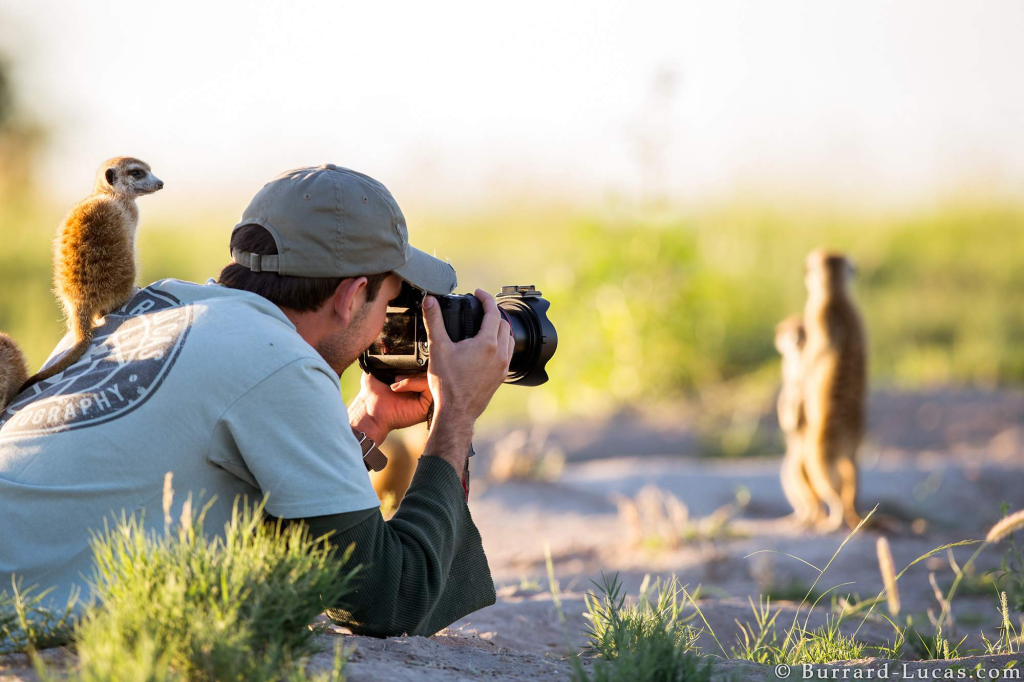
Wildlife photography has become a powerful tool in conservation efforts, offering a unique way to raise awareness and drive action for protecting endangered species and their habitats. Through striking images, photographers can capture the beauty and vulnerability of wildlife, bringing attention to issues that might otherwise go unnoticed.
One of the primary benefits of wildlife photography is its ability to engage the public. Stunning photographs of animals in their natural habitats often evoke emotional responses, fostering a deeper connection between people and wildlife. This emotional engagement can translate into increased support for conservation initiatives, as people are more likely to contribute to or participate in efforts when they feel a personal connection.
Furthermore, wildlife photography plays a critical role in scientific research and monitoring. High-quality images can help researchers track animal populations, study behavior, and assess the health of ecosystems. For instance, camera traps set up in remote areas can capture photos of elusive species, providing valuable data without disturbing the animals.
The media also benefits from wildlife photography. Publications, documentaries, and social media platforms use these images to spread awareness about conservation issues and rally public support. By showcasing the challenges faced by wildlife and the success stories of conservation efforts, these images can inspire action and policy changes.
In essence, wildlife photography not only highlights the splendor of the natural world but also serves as a catalyst for change. By bringing the beauty and plight of wildlife into the spotlight, it helps drive the collective effort needed to preserve our planet’s biodiversity.